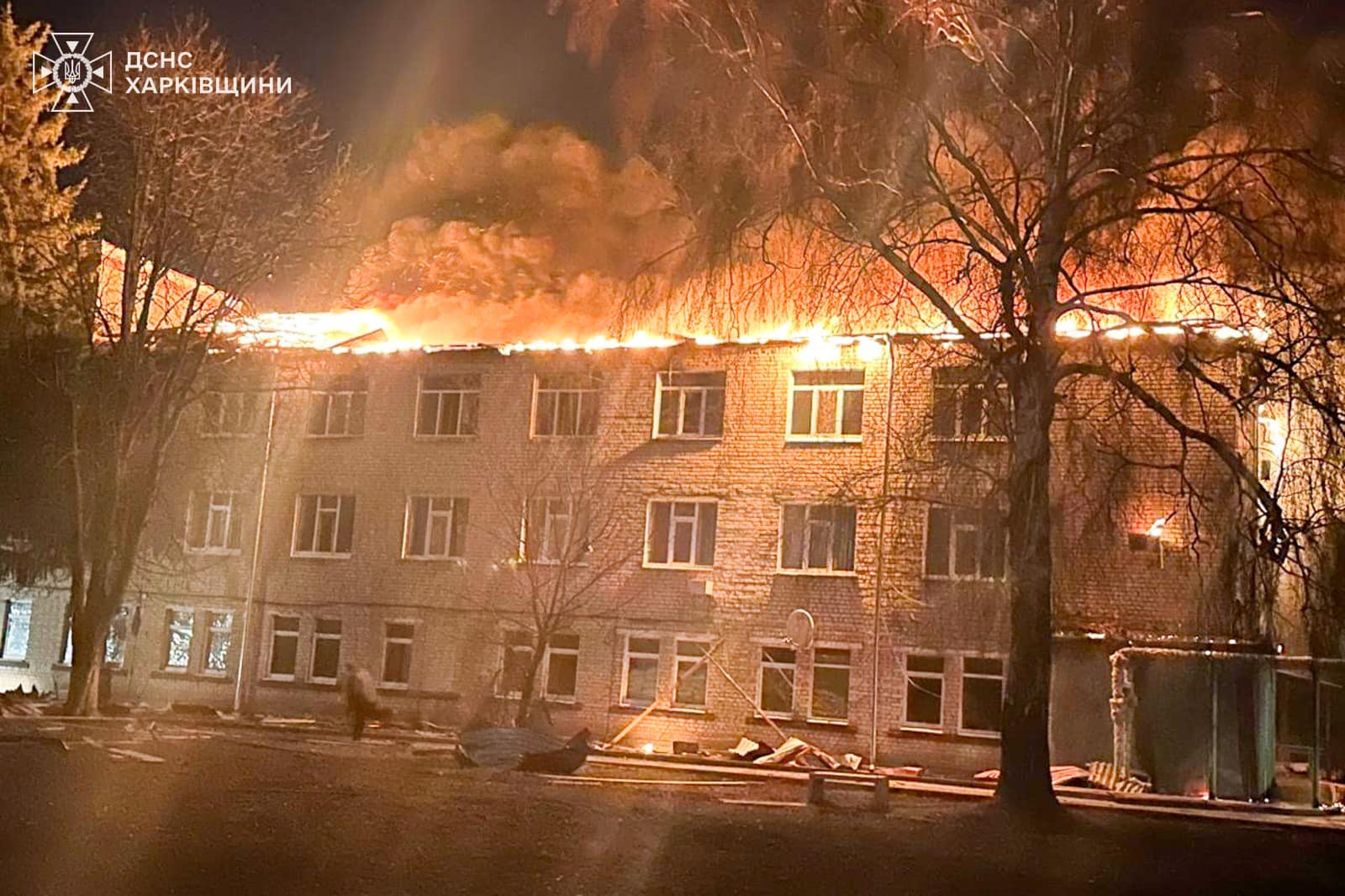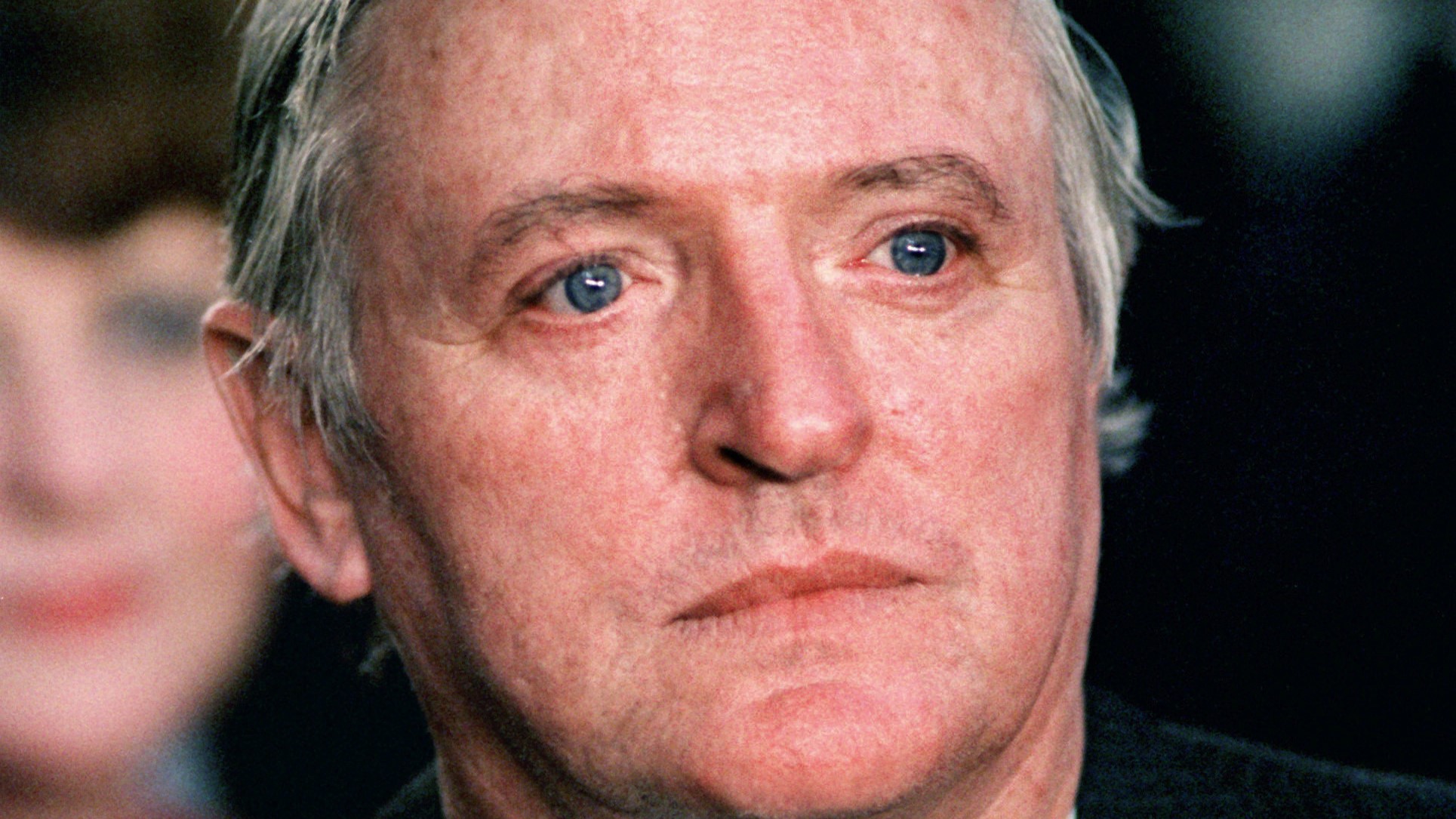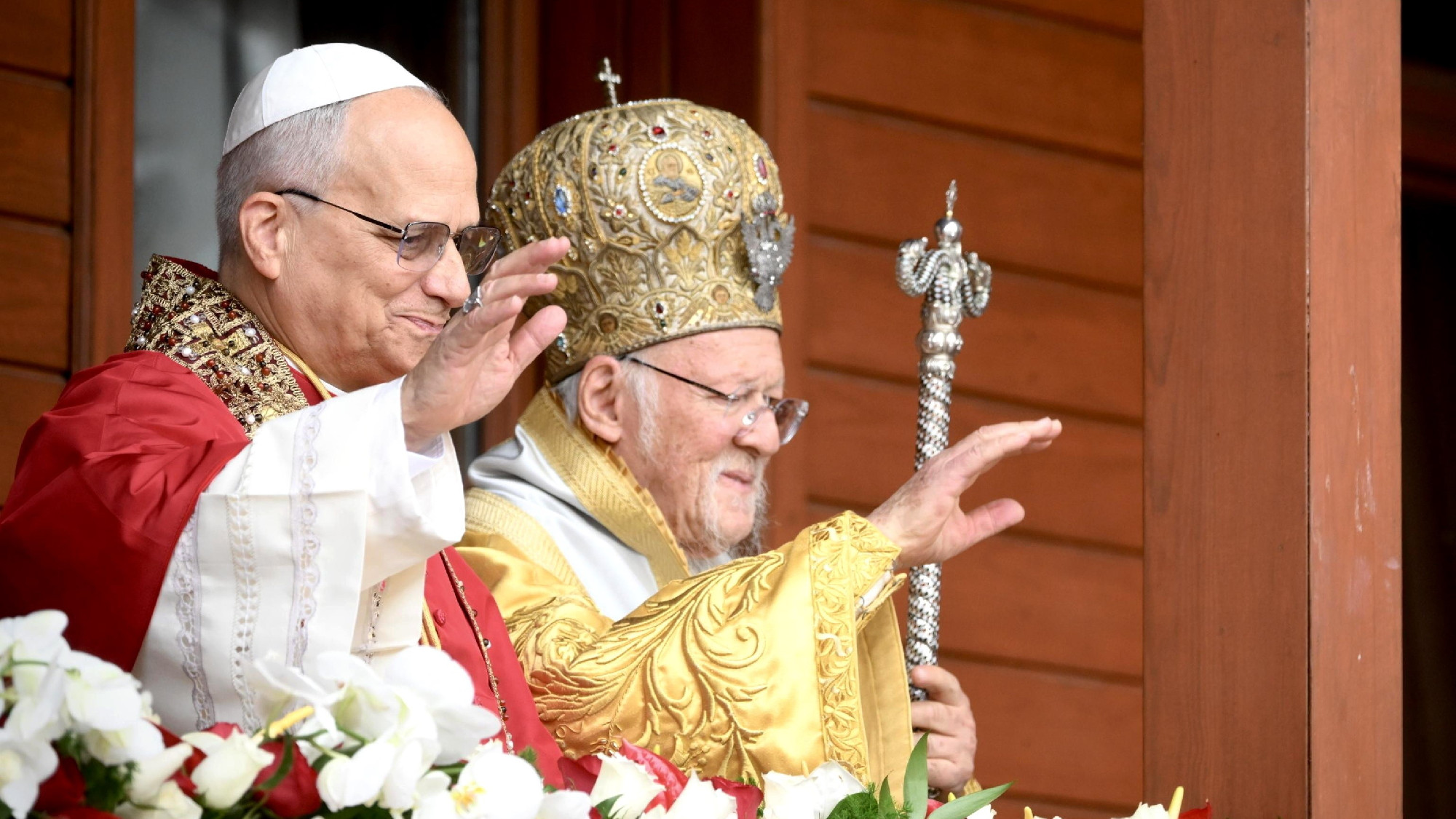War Efforts
Although the Russo–Ukrainian war retained its attritional character throughout 2024, there were important developments during the year, with the parties seeking to preserve their own fighting capabilities and to unhinge and weaken the opposing side. By the beginning of 2025, however, Russia had gained significant superiority in both manpower and firepower.
In April, Kyiv passed a long-delayed reform of the mobilization law, reducing the age limit for enlisting men from twenty-seven to twenty-five, adding hundreds of thousands more soldiers to the available pool. Meanwhile, Russia has carried out its “usual” spring conscription: after raising the upper age limit for male conscription from twenty-seven to thirty in July 2023, the call-up was sent to one 1,500,000 conscripts on 1 April 2024, but soldiers are still officially sent to front-line service only through the recruitment of contracted volunteers—indeed, a “covert mobilisation”. It is estimated, therefore, that during the year, the advantage of the Russians in terms of manpower was between 1:2 and 1:6 at the various sections of the front. In terms of firepower, in addition to the increase in the production capacity of the Russian military industry, the arrival of some 4.8 million rounds of artillery ammunition from North Korea has contributed to the stabilization of the Russian superiority of 1:5.
Russians put Ukrainian defences in a difficult position after the Ukrainians failed to stabilize the front in Donetsk Oblast after the occupation of Avdiivka in February 2024. During the year, pushing westwards for thirty-five to forty kilometres, Russian forces managed to occupy about eighty per cent of Ukrainian territory in the county, including Toretsk, Vuhledar, and Velyka Novosilka, gradually enclosing Pokrovsk into the last Donetsk “fortress belt” on the southern flank of Slovyansk and Kramatorsk. This was due not only to the lack of manning of the defensive forces but also to the failure to build timely and adequate defensive lines in the area behind Avdiivka. In May, in order to further divide Ukrainian forces, the Russians also invaded Ukrainian territory in the northern part of Kharkiv region, in the area of Vovchansk, which was eventually stopped up. All in all, the Russian occupation of territory amounted to 4,168 square kilometres in the third year of the war—at an average cost of at least 100 casualties per square kilometre.
By contrast, in August 2024, in a surprise incursion, the Ukrainian armed forces seized about 1,000 square kilometres in Russia’s Kursk region, with the centre in Sudzha. The aim of the attack was, first of all, to draw Russian forces away from the main Donbas offensive, which was only partially successful, and, secondly, to cut off the Russian reserves that had been built up here and could have been deployed either in the main direction, on other sections of the front or in a new offensive direction. Lastly, if such Russian territory remains in Ukrainian hands, it could later form a basis for an exchange with Russia. Against a Ukrainian grouping of up to 30,000 troops, 67,000 Russian and 11,000 North Korean troops were deployed, and six months later they had still only managed to retake half the territory.
The past year has also seen a further increase in the intensity of deep-penetrating cruise-missile and drone strikes by both sides—but Russia has retained its superiority in this area. 2024’s main target was Ukraine’s energy infrastructure, and unlike in the past, this time it was power plants that were targeted, resulting in the destruction of sixty-five percent of Ukraine’s energy production capacity by the autumn. Meanwhile, Ukrainian military developments have also given Kyiv the capability to destroy oil refineries, military airfields, and ammunition depots in the Russian hinterland. Ukraine’s strike capability was also bolstered by the US approval in November of the deployment of ATACMS missiles and British-French Storm Shadow and Scalp-EG drones against Russian territory.
Losses
Russian casualties over three years are estimated at 172,000 dead and 611,000 wounded, of whom 235,000 suffered serious, permanent disabilities. Ukrainian casualties may be as high as between 70,000 and 100,000 dead and 380,000 wounded, to which the UN Human Rights Observer Mission adds at least 12,500 identified civilian deaths and twenty 28,400 wounded—noting that civilian casualties in Russian-occupied territories are estimated in the tens of thousands; the number of civilian deaths in the siege of Mariupol alone in 2022 is estimated between 20,000 and 80,000. In the Russian Kursk region occupied by Ukraine, 350 civilian deaths were reported by the local governments, and international estimates put the number of North Korean soldiers fighting there between 1,000 and 3,000.
Operations in the third year of fighting, particularly the intensive Russian offensive operations based on infantry, have increased casualties at an unprecedented rate. Based on the calculations of the Dutch research group Oryx, which carries out military and intelligence analyses, the following graph summarizes the verified Russian and Ukrainian military equipment losses. However, the quantity of deployable assets on the Russian side is still at the same level as when the war escalated in February 2022, even if the quality has decreased. The Ukrainian forces are not critically short of forces, but they will need additional Western support in the event of either a more robust Russian attack or a counter-attack.

Edited by the author
Russian forces, although they have devoted huge military, human and economic resources to their many attempts to attack, have failed to break Ukraine. The Ukrainian forces continue to prevent Russian forces from carrying out a comprehensive mechanised attack across the front, only being able to make tactical advances in small infantry groups, with heavy losses of men. Meanwhile, Ukrainian forces, suffering significantly fewer—though undeniably also heavy—losses, are increasingly striking Russian energy installations, military headquarters, air bases, and troop concentration sites.
2025: Negotiations can Begin—But will They Lead to Peace?
In the autumn of 2024, there were already strong doubts about what policy Donald Trump would want to pursue on Ukraine and how he would deal with Russia if he returned to the White House. Not coincidentally, President Zelensky sought to initiate and, as early as October, unveiled a five-point “victory plan”, which included, among other things, Ukrainian accession to NATO, the development of a strategic (non-nuclear) deterrent and a long-range strike capability—while also raising the possibility of sharing Ukraine’s mineral and raw material base with the United States and the European Union. At the time, Zelensky’s primary objective was to develop the strongest possible defence capabilities and attain security guarantees for his country in order to achieve a stable, sustainable peace agreement.

Graphic by Anett Sz. Eszteró
These principles could be inferred from Pete Hegseth’s NATO meeting in Brussels, US Treasury Secretary Scott Bessent’s visit to Kyiv, the speeches made in Munich, and the statements by Secretary of State Marco Rubio and President Trump. Importantly, Hegseth also said that Ukraine would not get back the Russian-occupied territories and that NATO membership was not a realistic option for Kyiv, even if statements to the contrary were later made. This ambiguity may also stem from the fact that most negotiating options are being kept alive for the time being, although so far only unilateral concessions to Russia have been heard. Meanwhile, the aggressor is stepping up its hostilities, launching the largest drone attack of the war on the eve of the third anniversary, mainly against Ukrainian infrastructure, although most of these were repelled by Ukrainian air defences.
The author is a Senior Research Fellow at the Strategic Defence Research Programme of the NKE JLI
MS closed on 5 March 2025
Translated by Péter Pásztor
Cover picture: Zolochiv Central Hospital (Kharkiv region) after Russian double drone strike in the night on 14 March 2025




